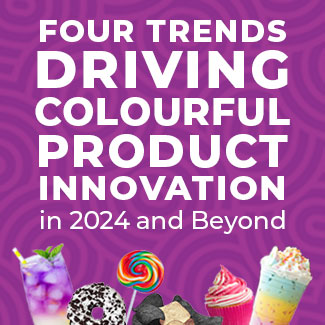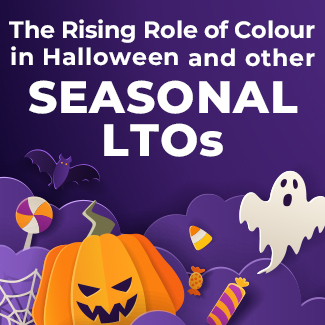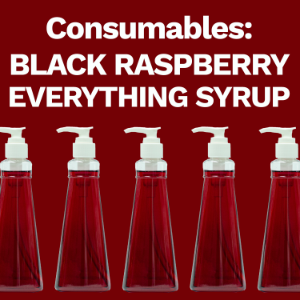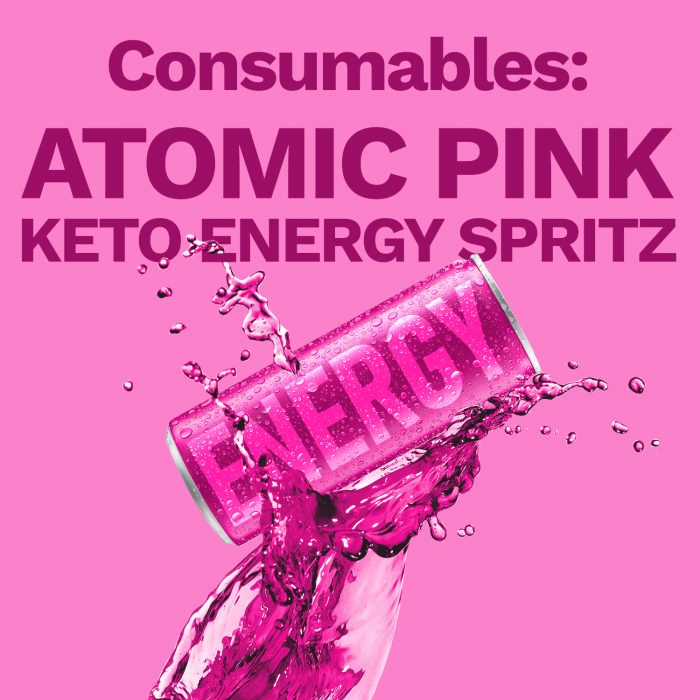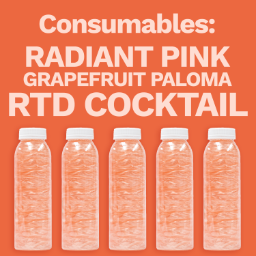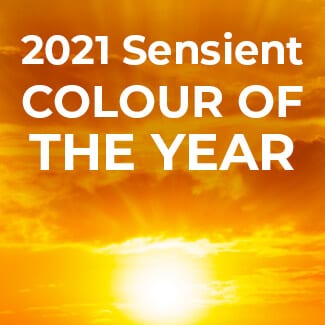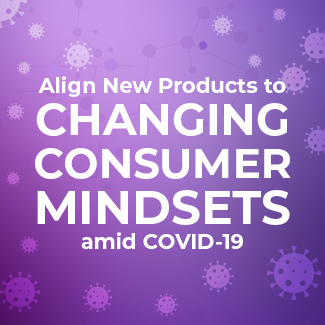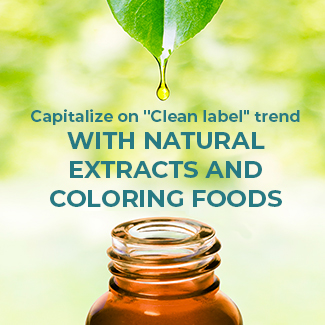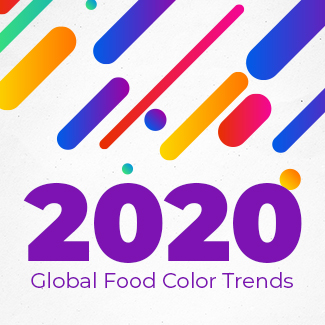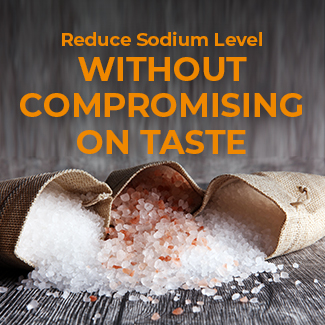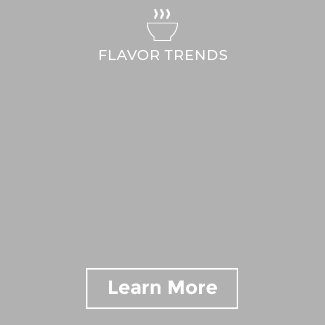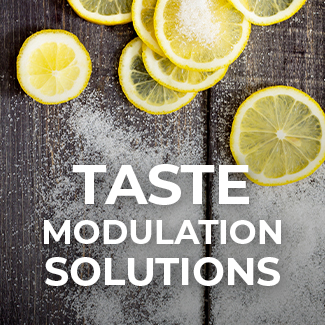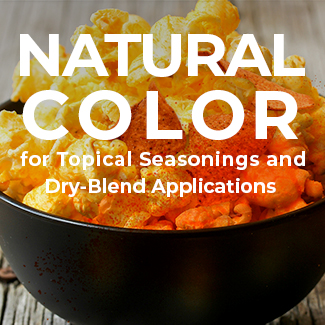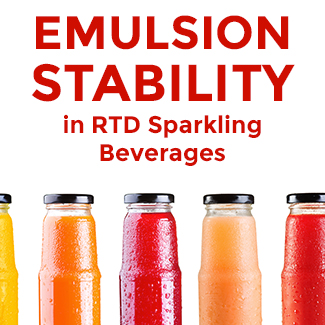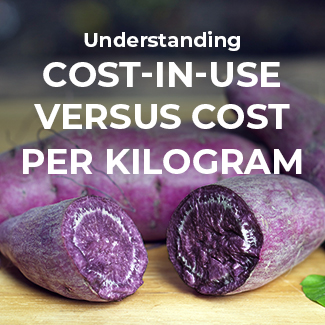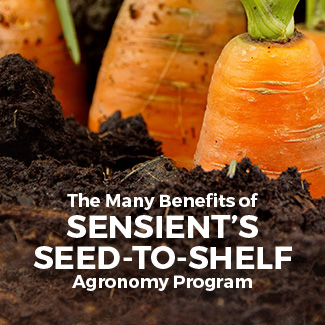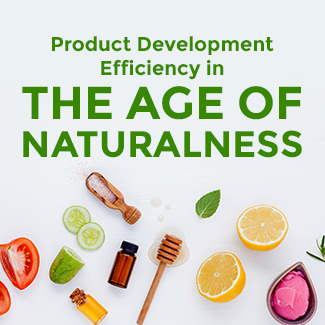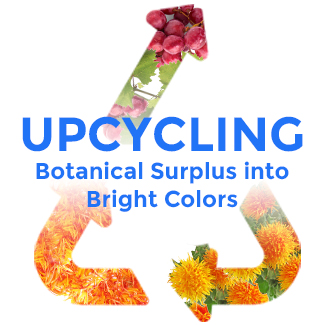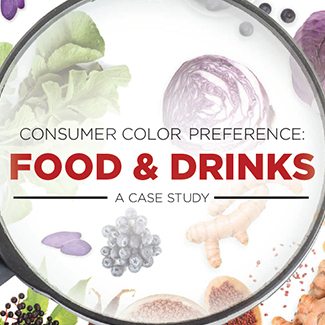How to Boost Purchase Intent with Vibrant Food and Beverage Products
Colour has always been a factor in brand identity, flavour amplification, and consumer recognition.
From iconic coloured logos to bold hues indicating flavour, eye-catching colours can be a powerful tool for manufacturers in the food and beverage industry. But why are colours important to food and beverages, and how can you maximize their value?
Attraction to Colour Vibrancy
Humans’ attraction to vibrant colours dates back 200 to 300 thousand years ago, when humans evolved Trichromatic colour vision. Trichromatic evolution occurred to assist early humans in foraging for food more effectively, giving these early humans the ability to seek out foods with a higher nutritional value.
The trichromatic theory says that human eyes perceive three colours of light: red, blue, and green. However, these three colour wavelengths can create every colour on the visible light spectrum.
A study by Perloni, Pergola, and Rumiati suggests that people are inherently drawn more strongly to the reds and purples of fruits and berries than to the green colour of their leaves. Red tones in fruits generally indicate higher protein and nutrient content, which was necessary for early humans. While animals rely on their sense of smell to find food, humans specifically evolved to detect food sources using our vision.
Therefore, our attraction to colour vibrancy is an innate human characteristic, not a culturally formed bias. What does this mean for food and beverage products on the market?

Dichromatic Vision

Trichromatic Vision
Research Shows Colour’s Impact on Flavour, Preference, and Purchase Intent
“Taste” is a multi-sensory perception and it is constructed by combining the following senses and sensory perceptions.

Flavour

Appearance

Aroma

Mouthfeel

Flavour and colour work hand-in-hand to create a product experience and win over consumers. This phenomenon was evaluated in an academic study published in the Journal of Consumer Research using orange juice.
Researchers tested consumer preference for orange juice while varying the colour of the orange juice with food dye or manipulating the sweetness level using added sugar.
When comparing two glasses of juice, one with a brighter orange hue, consumers perceived the more colourful sample to be sweeter and more flavourful, although no actual sweetness difference existed.
Conversely, when the researchers added sugar to one of two visually identical glasses of juice, consumers could not taste the difference.
Sensient expanded on this research by evaluating and quantifying the impact of colour alone on purchase intent and flavour perception. This online quantitative study collected feedback from EU consumers who regularly purchased and consumed carbonated soft drinks. Results from that study revealed that:
Consumers expressed a stronger overall liking for the more intensely coloured product in 75% of the concepts presented.
Sensient Consumer Research 2017
Even though the testing was solely visual, consumers still had flavour expectations based on the visual attributes. In most the tests, more colour-intense products create the impression of a more delicious and higher quality product and the expectation of a tastier and more flavourful product. Flavour perception was positively correlated with brighter colours, and consumers clearly preferred those samples with vibrant colours.
Comparative results in the aggregate, mimicking real-life at-shelf buying decisions, showed statistically significant higher scores for both purchase intent and overall liking of brighter-coloured products. This tells us that bright shades are often the best choice.

How Could Colour Impact Profitability for Brands?
Not only did consumers like the more colourful products better, but they also indicated that they were more likely to purchase more intensely coloured food and beverages.
More intense colour lifted purchase intent score +5% ON AVERAGE ACROSS THE CATEGORIES
For example, a colourless or less intensely coloured yogurt drink which generates R5 million in sales in a year could reach an additional R250,000 in sales annually if a flavour-appropriate colour is used.



Colour Impacts Flavour Perception
Colour can affect purchase intent and product trial rates but also flavour perception. Sensient’s research continued with a study evaluating the quantifiable impact of colour on flavour perception with in-person sensory testing.
For each product, eighty U.S. category users evaluated two products with identical formulations except for the colour.
Our samples with optimized colour generated increased purchase intent and increased overall liking scores over the low colour alternatives. Most interestingly, while flavour remained constant and only the colour changed between two otherwise identical products, optimized colour increased flavour perception scores by an average of +14.7% across categories.
Overall, colour’s impact on purchase intent, flavour perception, and overall liking has been statistically significant. Manufacturers and brands looking to impress shoppers should not overlook this key component, as vibrantly coloured products are better liked and more likely to be purchased by consumers.
How Can We Help?
You can take action on these findings by considering colour as early in the formulation process as possible, at least as early as the flavour is considered. Flavour and colour work together to determine a consumer’s overall experience. It’s important not to underestimate how much colour can influence consumer taste expectations, which motivate consumer liking more than any other attribute. Consumers believe that products with more vibrant colours will taste better, have superior sweetness, and are more flavourful. Whether natural or synthetic colour, let Sensient’s team of experts help you delight consumers with bright, delicious products. Request a sample or a consultation to get started today!




